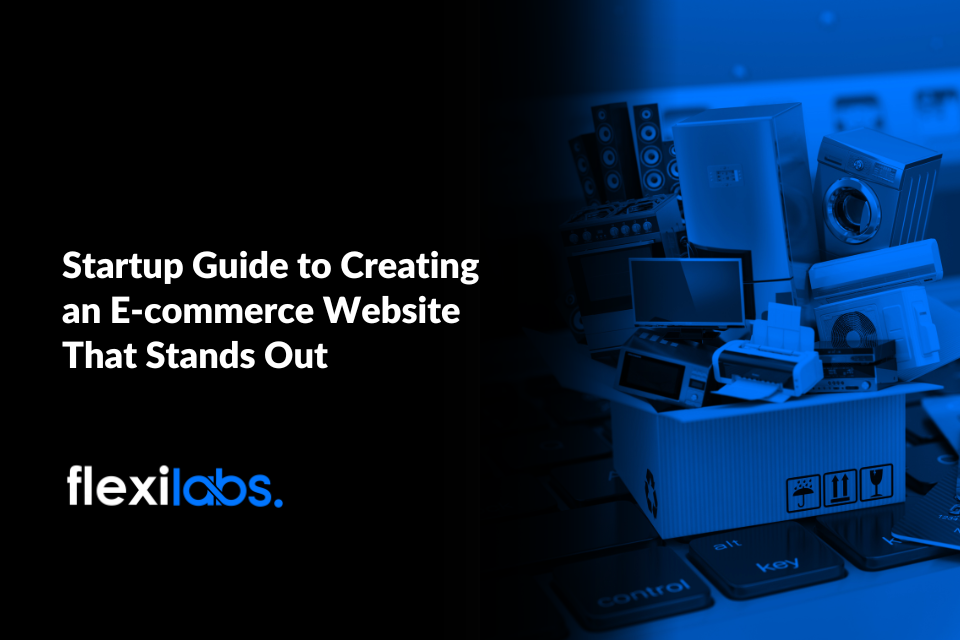Selecting the right technology stack is one of a startup’s most important decisions. It’s not just about picking tools and technologies; it’s about laying the foundation for your business’s growth, scalability, and long-term success. The tech stack you choose will impact everything from development speed and performance to how well your business can adapt as it grows.
In this article, we’ll explore the key factors you need to consider when choosing a tech stack for your startup, popular tech stacks used by startups, and common mistakes to avoid.
What are Tech Stacks?
A technology stack, or “tech stack,” refers to the combination of software tools, frameworks, programming languages, and technologies that developers use to build and run an application. Tech stacks can be categorized into two main components:
- Frontend (Client-Side): This is the part of the application that users interact with, typically consisting of languages like HTML, CSS, and JavaScript. Frameworks such as React, Angular, and Vue.js are popular choices for front-end development.
- Backend (Server-Side): The backend handles the application’s logic, database management, authentication, and communication between the front end and server. Popular backend technologies include Node.js, Ruby on Rails, Django, and Flask, often paired with databases like MySQL, MongoDB, or PostgreSQL.
Factors to Consider When Choosing a Tech Stack
Choosing the right combination of frontend, backend, and database technologies is critical because it affects your startup’s product’s performance, scalability, and maintainability. However, you must be careful and balance your project needs, long-term goals, and available resources. Here are some key factors to consider:
1. Project Requirements
The tech stack should be dictated by your project’s unique needs. For example, if you’re building a simple Minimum Viable Product (MVP), you may opt for a tech stack that enables rapid development, such as using JavaScript frameworks like Node.js or React.
On the other hand, if your product needs to handle complex computations, real-time data processing, or large-scale user interactions, you’ll need a tech stack designed for performance and scalability.
2. Scalability and Flexibility
As your startup grows, so will the demands on your system. Scalability refers to the ability of your tech stack to handle increased loads, such as more users, more data, or higher traffic. Flexibility is important for adapting to changes in your business model, customer needs, or technology advancements.
Cloud-based or serverless architectures, such as AWS Lambda, offer highly scalable and flexible solutions that grow alongside your business without significant re-engineering.
3. Team Expertise and Resources
The skill set of your development team plays a huge role in choosing the right tech stack. Opting for technologies that your team is already familiar with can lead to faster development, fewer errors, and lower training costs.
Conversely, despite their potential benefits, adopting cutting-edge or unfamiliar technologies may slow down the project due to the learning curve.
4. Community Support and Ecosystem
Having strong community support for the tools and technologies in your tech stack is essential. Large, active communities provide access to open-source libraries, plugins, frameworks, tutorials, and troubleshooting resources.
Established tech stacks like LAMP or MERN have vast ecosystems, making it easier to find support, hire developers, and access a wide range of third-party tools.
5. Cost Considerations
Different tech stacks come with different costs. Open-source technologies, like those found in the LAMP or MEAN stacks, are typically more cost-effective for startups because they don’t require expensive licenses.
However, enterprise solutions or proprietary software may offer additional features and support, albeit at a higher cost. Additionally, consider the cost of scaling your tech stack over time—some cloud services may seem cheap initially but can become expensive as usage increases.
Mistakes to Avoid When Choosing a Tech Stack
While it’s important to consider the above factors, many startups make mistakes when choosing their tech stack. Here are a few common ones to avoid:
1. Overengineering
It’s tempting to choose a highly sophisticated tech stack with advanced features, but this can lead to unnecessary complexity. Startups often need to move quickly, and overengineering can slow down development. Choose a tech stack that fits your current needs rather than trying to anticipate every possible future requirement.
2. Ignoring Future Needs
While overengineering can slow progress, ignoring your startup’s potential for growth can be equally dangerous. Choose a tech stack that can scale as your business grows. Opting for a stack that’s too limited might result in expensive and time-consuming reengineering down the road when your product expands.
3. Underestimating the Importance of Community Support
Choosing a tech stack with limited community support can be problematic. Technologies with vibrant communities often have better documentation, more learning resources, and greater availability of developers with relevant skills. This can make a significant difference when your team encounters challenges or needs to scale.
4 Popular Tech Stacks for Startups
Here are some of the most commonly used tech stacks by startups:
1. LAMP (Linux, Apache, MySQL, PHP/Python/Perl)
LAMP is one of the oldest and most reliable tech stacks, known for its simplicity, flexibility, and ease of deployment. It’s ideal for building dynamic web applications and is popular for its open-source components, making it a budget-friendly option for startups.
- Linux serves as the operating system.
- Apache is the web server.
- MySQL handles the database.
- PHP, Python, or Perl is used for backend programming.
2. MEAN (MongoDB, Express.js, AngularJS, Node.js)
MEAN is a popular full-stack JavaScript solution that enables seamless development across both the frontend and backend. Since it uses JavaScript for every layer of the application, it’s efficient and easy to manage for developers familiar with the language.
- MongoDB is a NoSQL database.
- Express.js is a lightweight framework for handling server-side logic.
- AngularJS is a popular frontend framework.
- Node.js is used for backend development, offering high performance for data-intensive applications.
3. MERN (MongoDB, Express.js, React, Node.js)
MERN is very similar to MEAN but replaces Angular with React, a JavaScript library developed by Facebook. React has become one of the most popular frontend libraries due to its flexibility and performance. The MERN stack is ideal for building interactive, high-performance web applications.
4. Serverless Architectures
Serverless architectures, such as those built using AWS Lambda or Google Cloud Functions, allow startups to run applications without managing servers. Instead of provisioning and maintaining servers, developers focus solely on writing code while the cloud provider handles scaling, infrastructure, and maintenance.
This architecture is highly scalable and can be cost-effective for startups with fluctuating workloads or limited resources.
Conclusion
Choosing the right tech stack for your startup is a crucial decision that will impact the speed of development, scalability, cost, and overall success of your business. By considering your project’s requirements, the scalability and flexibility of the stack, your team’s expertise, community support, and cost factors, you can make an informed choice that aligns with your startup’s goals.
Whether you choose a traditional stack like LAMP, a modern full-stack solution like MEAN or MERN, or even a serverless architecture, the key is to select technologies that can adapt as your business grows. Avoid the common mistakes of overengineering, overlooking future needs, or neglecting the value of community support.
Need help selecting the perfect tech stack for your startup? Contact Flexilabs for expert guidance on making the best technology decisions for your business.










